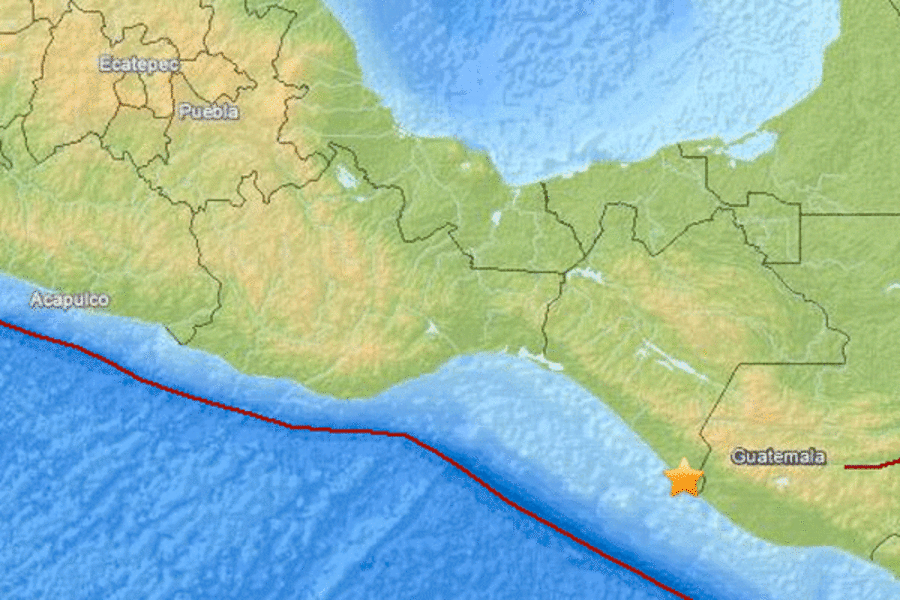Major earthquake shakes southern Mexico, Guatemala
Loading...
| Tuxtla Gutierrez, Mexico
A magnitude-6.9 earthquake on the Pacific Coast jolted a wide area of southern Mexico and Central America Monday, killing at least three people and damaging dozens of homes.
The U.S. Geological Survey said the quake hit at 6:23 a.m. (7:23 a.m. EDT; 11:23 GMT) on the Pacific Coast 1 mile (2 kilometers) north-northeast of Puerto Madero, near the Guatemala border. It initially calculated the magnitude at 7.1 but later lowered the figure to 6.9.
Firefighters spokesman Raul Hernandez said at least two people died in their homes from collapsed walls in the Guatemalan town of Pati, in the border province of San Marcos.
The civil defense office in the Mexican state of Chiapas reported on its Twitter account that one man had been killed in Huixtla by a collapsed wall.
Hernandez reported damage in at least 30 homes in Guatemala, as well as landslides and toppled utility poles.
There were reports of power outages and rock slides on some roadways in Guatemala. Photos posted on social media sites and published by the Guatemalan newspaper Prensa Libre showed buildings with huge cracks across their facades in San Marcos, and one which apparently suffered a partial collapse.
In Chiapas, where the quake was centered, panicked people poured into the streets and the Red Cross said it was treating some frightened adults and children.
"I thought the house was going to collapse," said Claudia Gonzales, 32, who ran to the street in the town of Comitan with her 1-year-old daughter.
The quake was felt across a broad swath of southern Mexico and as far away as Mexico City, but officials had no immediate reports of damage.
The quake was centered 37 miles (60 kilometers) below the surface.
In the city of Tapachula, near the epicenter, city employee Omar Santos said "buildings were moving, windows broke in some houses and businesses, and people ran through the streets in the dark."
Copyright 2014 The Associated Press. All rights reserved. This material may not be published, broadcast, rewritten or redistributed.






